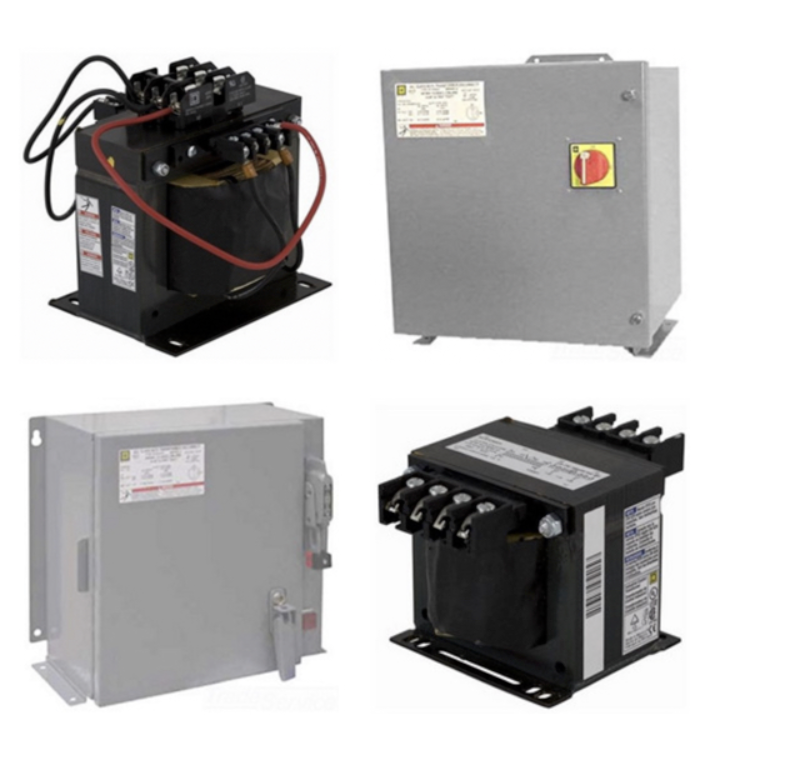Transformers

120V to 600V input transformers are essential components in electrical and industrial power systems, providing safe and reliable voltage conversion between circuits. These transformers operate on the principle of electromagnetic induction, transferring electrical energy from one circuit to another while adjusting voltage levels to meet system requirements. They are commonly used to step voltage up or down for control panels, machinery, and distribution equipment.
In industrial environments, transformers play a critical role in efficient power distribution. Higher voltages can be transmitted with reduced losses, then stepped down for safe operation of equipment in commercial and industrial facilities. From large power transformers used in substations to compact control transformers installed inside electrical enclosures, each design serves a specific purpose based on load, voltage range, and application.
RSP Supply offers a wide selection of input transformers with primary voltage ratings from 120V to 600V. These transformers are suitable for control circuits, automation systems, and general-purpose electrical applications. Available in multiple sizes and configurations, they support reliable operation across manufacturing, infrastructure, and commercial installations.
FAQs
Q: What is a 120V to 600V input transformer used for?
A 120V to 600V input transformer is used to convert incoming electrical voltage to a level suitable for control circuits, equipment operation, or power distribution while maintaining electrical isolation between circuits.
Q: How do transformers transfer electrical energy?
Transformers transfer electrical energy through electromagnetic induction, where an alternating current in the primary winding creates a magnetic field that induces voltage in the secondary winding.
Q: What is the difference between power transformers and control transformers?
Power transformers handle higher voltages and larger loads, often used in distribution systems, while control transformers are designed to supply lower voltages for control circuits, relays, and automation equipment.
Q: Are these transformers suitable for industrial environments?
Yes, transformers with 120V to 600V input ratings are commonly used in industrial and commercial settings, including control panels, machinery, and electrical enclosures.
Q: What factors should be considered when selecting an input transformer?
Key factors include primary and secondary voltage requirements, VA rating, mounting style, environmental conditions, and applicable electrical standards.
Why Buy 120V to 600V Input Transformers from RSP Supply
RSP Supply provides a broad range of input transformers designed for dependable performance in industrial and commercial applications. RSP Supply works with established manufacturers such as ABB, Eaton, Ericson, Schneider Electric, Sola, and IDEC, these transformers meet the demands of modern electrical systems. Customers rely on RSP Supply for consistent product availability, technical expertise, and components that support long-term system reliability.

